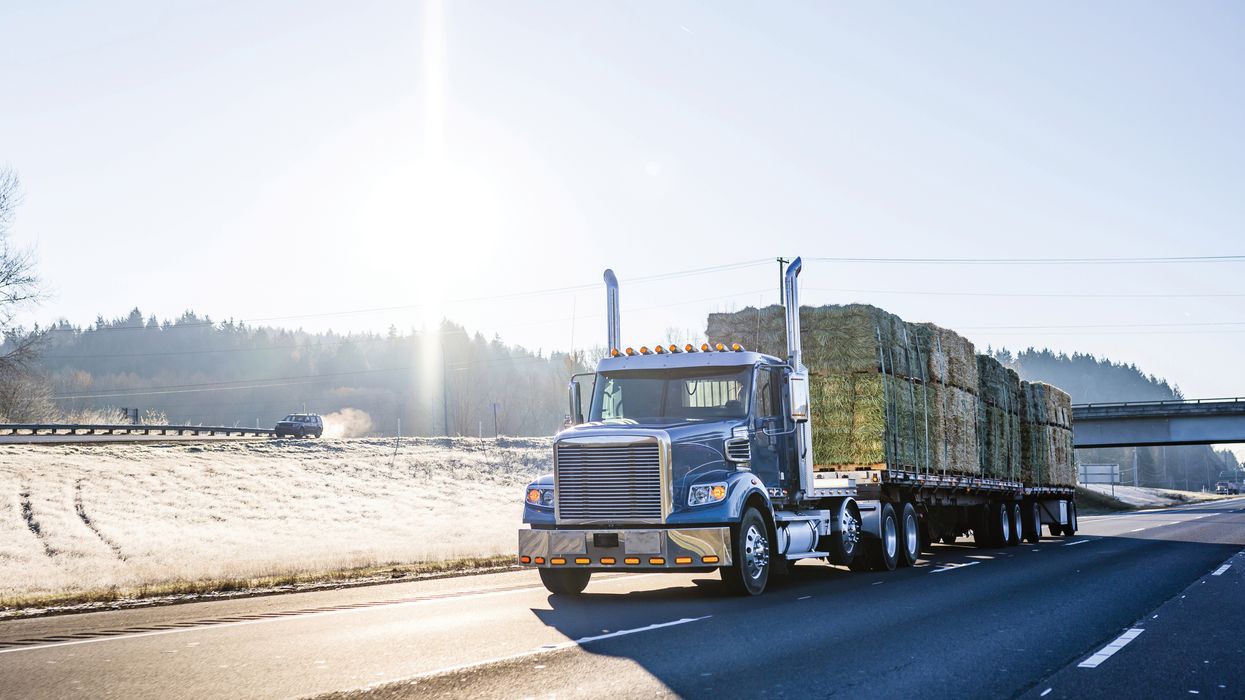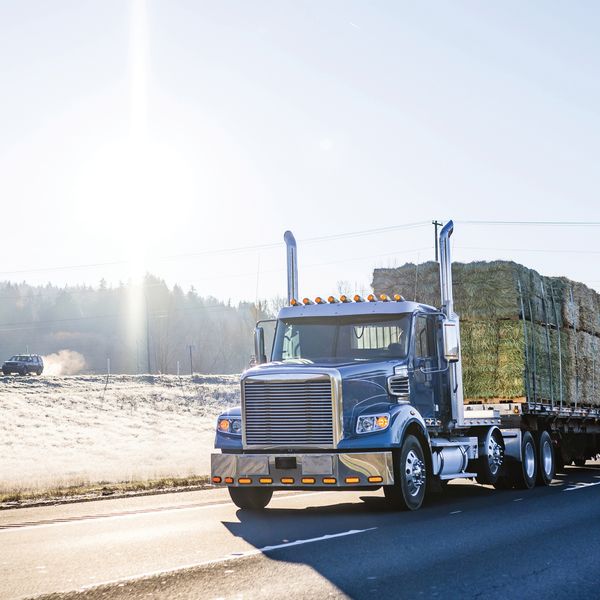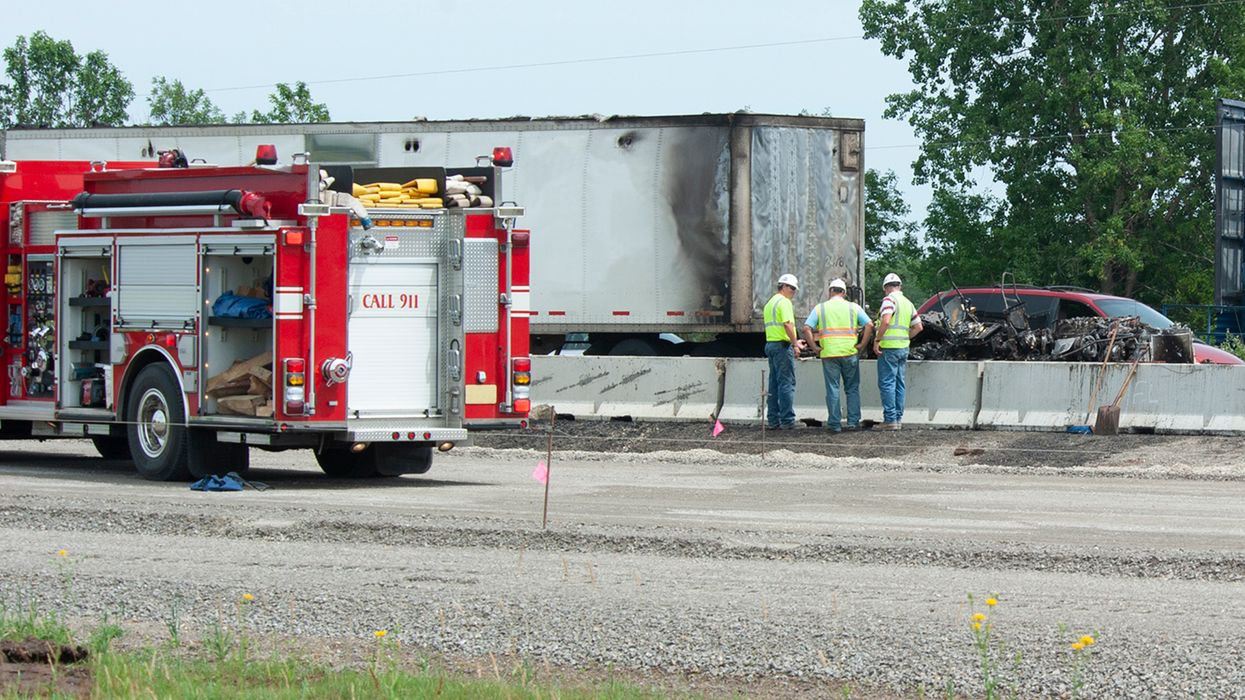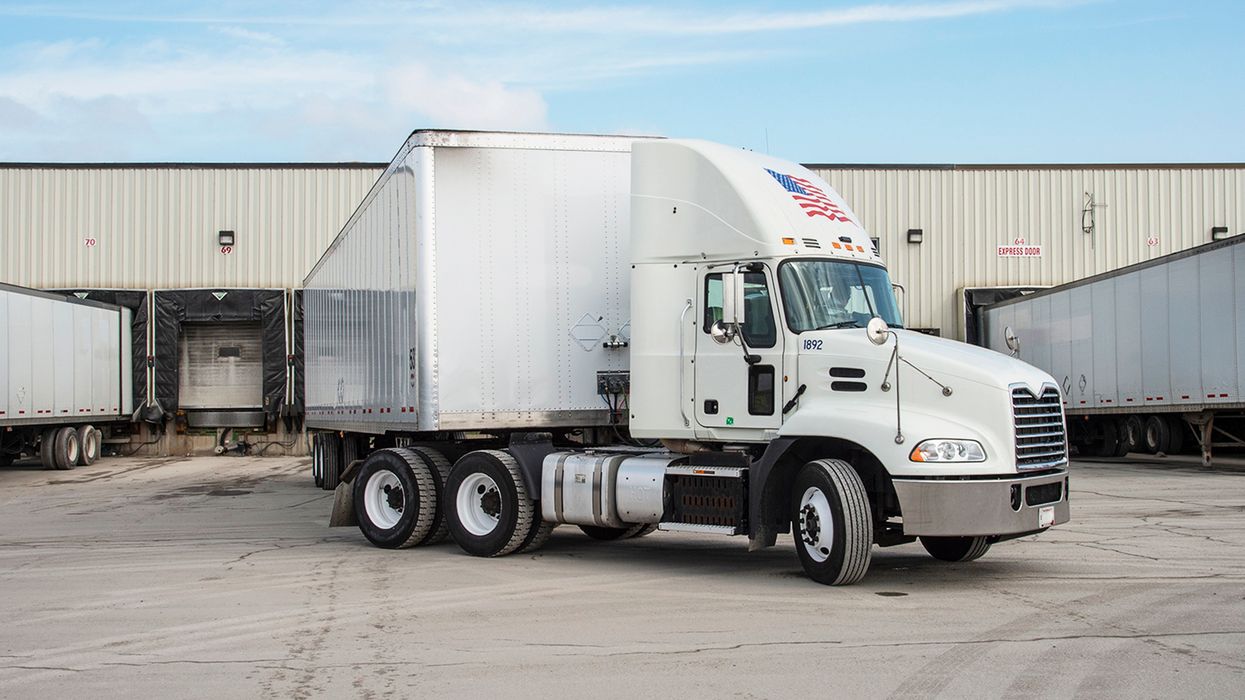Your vehicle weight might not be what you thought
The International Registration Plan (IRP) uses several different weight terms and acronyms, and it can be easy to misinterpret the meaning of some of them. Check out the descriptions below to make sure you understand the terms and acronyms — and what they mean — when registering your vehicles.
Gross vehicle weight rating (GVWR)
The gross vehicle weight rating is the maximum operating weight of a vehicle as specified by the manufacturer including the vehicle’s chassis, body, engine, engine fluids, fuel, accessories, driver, passengers, and cargo but excluding that of any trailers.
Gross combined weight rating (GCWR)
The gross combined weight rating is the specific weight determined by the manufacturer to be the maximum weight of a loaded vehicle and its attached loaded trailer. This is the weight that is shown on the IRP cab card.
- Insider tip:
- Weight plate: A vehicle’s GVWR and GCWR are normally found on a manufacturer’s plate attached to the door or glove box, or on the front of each trailer.
Registered weight
Registered weight means the weight for which a vehicle or combination of vehicles has been licensed or registered.
Note that this weight will not always be the same as the GVWR or GCWR. It can be less if the carrier never travels at the maximum weight, but never more than the vehicle is rated to carry as this presents a safety issue.
- Insider tip:
- A vehicle’s weight rating should not be confused with its registered weight. To reduce registration fees, vehicles are often registered at a lower weight than they are rated to carry.
Gross vehicle weight (GVW)
Though not defined by IRP, a vehicle’s gross vehicle weight is commonly held to be the actual weight of the vehicle itself (curb weight) plus all cargo and passengers. The GVW is not a limit or specification; rather it is the actual weight that is obtained when the fully loaded vehicle is driven onto a scale at any given time.
Gross combination weight (GCW)
Also not specifically defined by IRP, the gross combination weight is understood to be the weight of a loaded towing vehicle (GVW) plus the weight of the fully loaded trailer(s) (plus passengers, fuel, etc.). It is the actual weight obtained when the vehicle and trailer(s) are weighed together on a scale.
Which numbers should be used under IRP?
Apportionable vehicles must be registered under IRP. The Plan defines an apportionable vehicle as any vehicle that is used or intended for use in two or more member jurisdictions and that is used for the transportation of persons for hire or designed, used, or maintained primarily for the transportation of property, and:
- Has two axles and a gross vehicle weight or registered gross vehicle weight in excess of 26,000 pounds (11,793.401 kilograms), or
- Has three or more axles, regardless of weight, or
- Is used in combination, when the gross vehicle weight of such combination (GCW) exceeds 26,000 pounds (11,793.401 kilograms).
Apportionment optional for smaller trucks
Two-axle vehicles, or combinations thereof, having a GVW of 26,000 pounds or less may be issued apportioned registration (IRP) at the option of the registrant. Why would you choose to do this?
For trucks between 10,001 and 26,000 pounds, some jurisdictions — but not all — require trip permits or apportioned plates to operate legally. Permits may be required for traveling through the jurisdiction or when engaging in intrastate transportation. If you frequently operate vehicles over 10,000 pounds in a state with this requirement, it might make sense to register with apportioned plates. Be sure to check with the jurisdictions in which your vehicles operate to learn the requirements.





















































